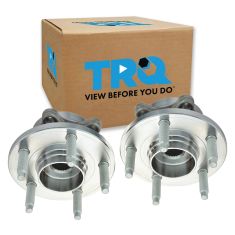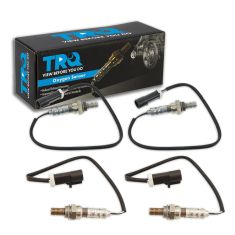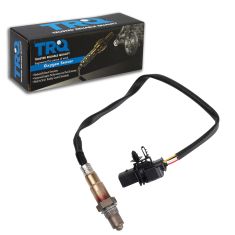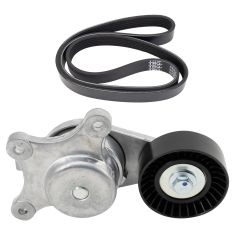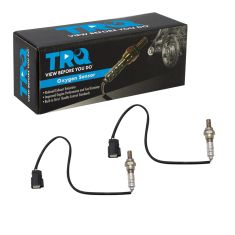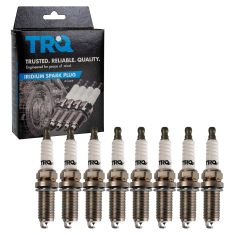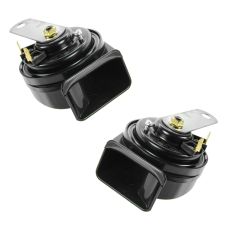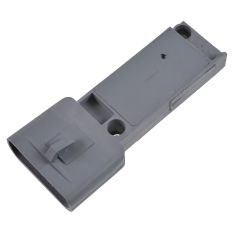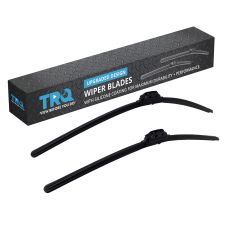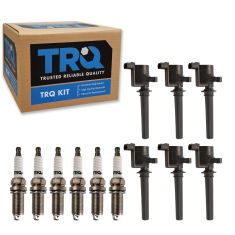Ford Taurus
-
Notify When Available
Replaces Ford Lincoln Driver & Passenger Side 2 Piece Wheel Bearing & Hub Assembly Set TRQ BHA53514
Brand: TRQ- BHA53514$129.95Save 10%List $144.95 Save $15.00Brand: TRQ - BHA53514$129.95Save 10%List $144.95 Save $15.00 -
Notify When Available
Replaces Ford Lincoln Mercury Jaguar 4 Piece O2 Oxygen Sensor Set TRQ OSA61637
Brand: TRQ- OSA61637$119.95Save 13%List $137.95 Save $18.00Brand: TRQ - OSA61637$119.95Save 13%List $137.95 Save $18.00 -
Notify When Available$76.95Save 16%List $91.95 Save $15.00Brand: TRQ - OSA60398$76.95Save 16%List $91.95 Save $15.00
-
Notify When Available
Replaces Ford Mazda Lincoln Mercury 2 Piece Serpentine Drive Belt Component Kit TRQ BPA06496
Brand: TRQ- BPA06496$55.95Save 33%List $83.95 Save $28.00Brand: TRQ - BPA06496$55.95Save 33%List $83.95 Save $28.00 -
Notify When Available$66.95Save 13%List $76.95 Save $10.00Brand: TRQ - OSA61583$66.95Save 13%List $76.95 Save $10.00
-
Notify When Available$64.95Save 13%List $74.95 Save $10.00
Replaces 8 Piece Spark Plug Set TRQ SPA02187
Brand: TRQ - SPA02187$64.95Save 13%List $74.95 Save $10.00 -
Notify When Available$64.95Save 18%List $78.95 Save $14.00Brand: TRQ - ELA17620$64.95Save 18%List $78.95 Save $14.00
-
Notify When Available$34.95Save 20%List $43.95 Save $9.00Brand: TRQ - ICA61369$34.95Save 20%List $43.95 Save $9.00
-
Notify When Available$34.95Save 31%List $50.95 Save $16.00Brand: TRQ - WPB54581$34.95Save 31%List $50.95 Save $16.00
-
Notify When Available$109.95Save 19%List $135.95 Save $26.00Brand: TRQ - ICA71942$109.95Save 19%List $135.95 Save $26.00
A True Legend
The Taurus was one of the first cars to break out of the conventional box-style in the 1980s and offer a new and revolutionary body. It saved the slipping Ford Motor Company with its "jellybean" shape, roomy interior, and new aerodynamic look that inspired the common body we see today. In fact, it was the best-selling car in the U.S. from 1992 to 1996, until it was replaced as top dog by the Toyota Camry in 1997. While Ford focused its efforts and attention to the development of their trucks and SUVs, the Taurus's untapped potential has left many wondering what could have been. Now, the Taurus has drastically improved its drive and features and is available as a full-size car.
Strong, Like Bull
When it began in '86 its success was found in shifting from the boxy designs of the ‘80s toward a rounded futuristic look. Its impact has been substantial ever since, changing the way we see and picture cars. Some of its other revolutionary features didn't stick around as long, such as the optional bench seats or an absent grille. That didn't hinder the Taurus's success. Its composite headlights and stiffer suspension lead the way and was imitated by many cars in the following years. It pushed away from the typical V8 to a 2.5L I4 with 90 horsepower as the standard engine, but most people opted for the 3.0L V6 with 140 horsepower that had better fuel economy and more torque than the typical mid-size sedan or wagon.
The Taurus revved up its quality in '89 with a super high output (SHO) version that sported a Yamaha 3.0L engine with 220 horsepower and dual exhausts. Soon front airbags, standard ABS, and a fuel-injected V6 boosted the Taurus's popularity, and during its second generation it became the best-selling car in the U.S. Unfortunately, the third generation saw a complete restyling that failed to catch on. Oval headlights and a rounded rear window were too radical, and as automakers caught up to its old style, the Taurus began to lose its excitement, dropped the wagon and SHO, and was later discontinued in 2006. Its replacement, the Five Hundred, was ill received by consumers.
It returned in 2008 as a full-size car. It was featured with a chrome grill and styling, a 263 horsepower V6, a front or all-wheel drive option, and such trim levels as SE, SEL, and Limited.
The SHO returned in 2009, and after a short tenure, the Taurus was redesigned for a sixth generation in 2010. Its headlights are now sleek with a chiseled, thicker, muscular body. It can sport a 3.5L twin turbocharged EcoBoost V6 with the SHO trim, 20-inch aluminum wheels, aluminum pedals, push start, and power and memory settings. It also features a new locking system that, when the driver has the key on hand, will automatically unlock the door when the key comes in contact with the handle. The base trim sports a 3.5L V6 with 288 horsepower with an optional 2.0L EcoBoost I4 with 240 horsepower and five-passenger seating. Though it may not be as influential as its first generation, the Taurus has come a long way and continues to push its limitations on performance and handling.
